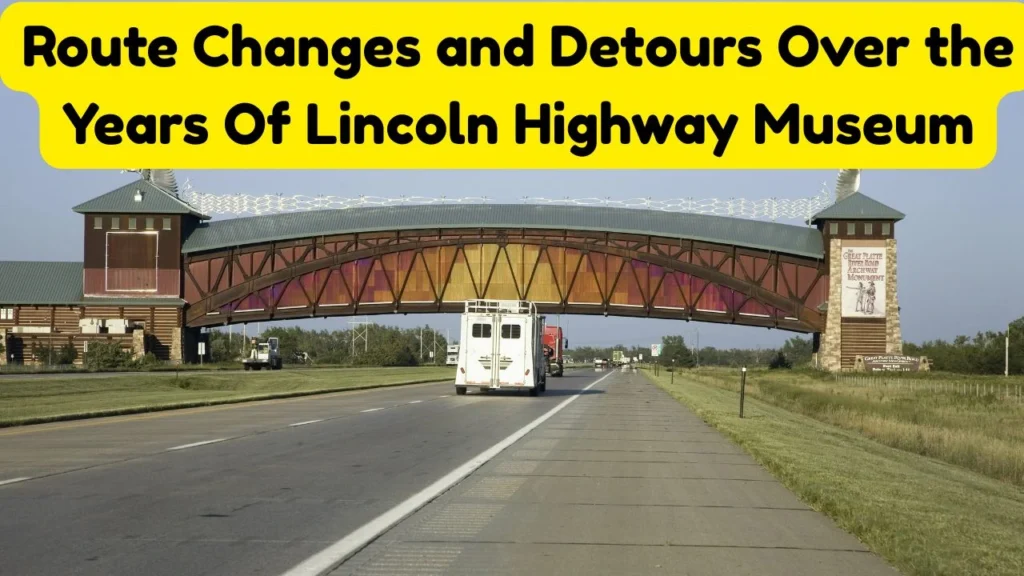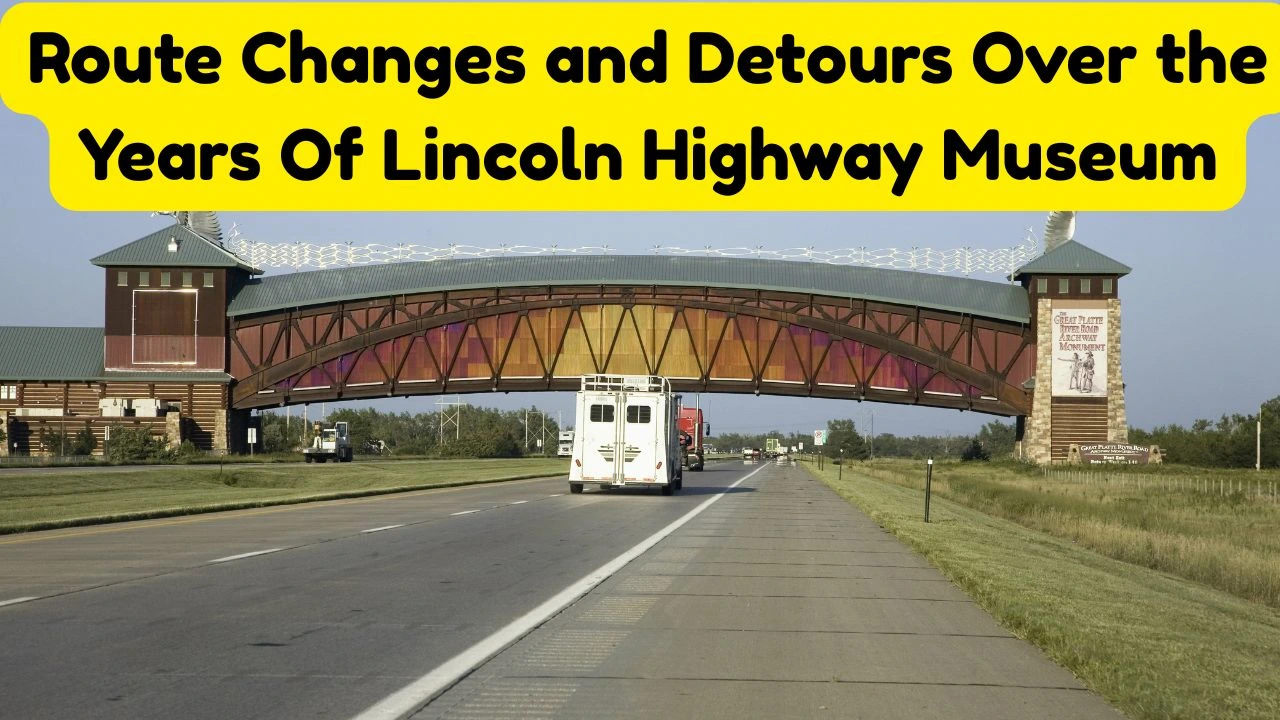When the Lincoln Highway was dedicated in 1913, it was a visionary commitment: a single route from New York City to San Francisco. One thing that shocks many modern travellers is that the Highway was never a singular, unchanging road. It has been continuously evolving from the very beginning.
Why? Because America was evolving. Roads that began as dirt trails improved to gravel paths and ultimately paved surfaces. Small towns rallied to bring the road through the centre of their communities, while engineers were always improving the road to improve safety and decrease travel time. The Lincoln Highway followed what happened in the country.
This inevitably flexible reality is part of what makes it charming. The highway was never just built and left alone, it was a living network that evolved with advancements in technology, growing populations, and changing landscapes. And this is why today, when you travel the Lincoln Highway, you will discover multiple alignments, detours, and forgotten sections that reflect the story of more than a century of progress.

Route Changes and Detours Over the Years Of Lincoln Highway Museum
In 1913, the original layout of Route 66 was formed by merging various local roads that had been in existence prior, thereby creating a transcontinental route in the United States that extended through 13 states, from Times Square, New York, to Lincoln Park, San Francisco. This “route” was not even paved— that option was an adventure into rugged territory that often relied on county dirt roads.
This first alignment was less about convenience and more about possibility. It embodied a dream: that a regular American could drive a continuous route across the country. These early maps and guidebooks are now considered valuable artefacts and are enshrined in museums, as they demonstrate just how twisty and improvised the first route was.
Lincoln Highway Route Changes and Detours
| Aim | Route Changes and Detours Over the Years Of the Lincoln Highway Museum |
| When was the Lincoln Highway Museum dedicated? | The Lincoln Highway Museum was initially inaugurated in 1913. |
| How was the 1913 route? | The original 1913 alignment was a patchwork of existing local roads put together to create a transcontinental route. |
| Back then how was the road of the Lincoln Highway Museum? | Steep hills, sandy deserts, and rough back roads |
| When did the route changes occur? | It started in the 1920s and 1930s. |
| Category | Lincoln Highway Museum Routes |
| Resources | https://lhhc.org/lincoln-highway-experience/mission-history.html |
Initial Improvements on the Lincoln Highway
Movement for improved roads in the 1910s and 1920s
As soon as the highway opened, vehicle operators began to encounter parts of the route that were impassable in bad weather. Oral histories in Lincoln Highway museums document how spring rains could turn the route into a ribbon of mud where cars stalled and got stuck.
To remedy the situation, the Lincoln Highway Association initiated an improvement plan. Gravel was added in some locations; entire roads were rerouted in other locations to avoid treacherous terrain. During this time, small corrections occurred almost every year as volunteers and local governments tried to make the route usable.
Major Route Changes in the 1920s and 1930s
Paving Projects and the Need for Realignments
By the 1920s and 1930s, paving projects due to the federal Good Roads Movement and the increasing popularity of automobiles had begun. As paved roads were built, the Lincoln Highway sometimes was realigned to utilize these improvements.
The realigning while made travel faster and safer, it also meant the highway was gradually diverted from the first 1913 path. This is why there are now multiple alignments of the Lincoln Highway from different decades on their maps.
The Shift Away from Bad Terrain
Most of the original routes for the Lincoln Highway used to traverse some terribly difficult terrain, including steep cliffs, loose sandy deserts, and rough back roads. As engineers began to improve their development methods, they looked to straighten and level the highway. Some detours initially developed around these difficult spots become the route, while the original segments remain in the dust of history.
Museums display photos of these adopted routes, as the speed of progress can leave the images of history behind.
Detours that Became History
Detours for Road Repairs
Beginning in the 1920s, road crews went to work on the construction of new bridges, paving, and grading projects in the area. Oftentimes, they would temporarily reroute traffic during these construction projects. These geographically and functionally detours were sometimes so good and easy to use that they unintentionally became part of the Lincoln Highway.
Oral histories describe how these unintended paths lead travellers into new towns, sometimes finding hidden gems like hole-in-the-wall diners, small motels, or friendly residents. A number of these minor diversions transformed into lasting stops or persistent roadside attractions.
Frequently Asked Questions
- How many versions exist of the Lincoln Highway?
- The Lincoln Highway has had multiple alignments since its establishment in 1913. There are at least three main expressions of the highway, each representing the original road, then the 1920s’ improved routes, and then subsequent alignments that resulted from paving and detours.
- What were the factors that led to the frequent alterations in the Lincoln Highway route?
- There were multiple reasons that led to changes from highways to improve road quality, terrain avoidance, and lobbying from the local regions, but modernisation and politics were the main reasons for alignments.
- Are there still portions of the original Lincoln Highway that can be driven on today?
- Yes, you can still drive the original portions of the Lincoln Highway today. Some sections are preserved, marked, or are found on made maps or if you overlay GPS maps.
- Were there impacted towns that wanted to be included in the route?
- It depended on how towns benefited when they were on the highway path, and how much they declined once they were bypassed. Much of this can be visually seen through oral histories of the stories.
